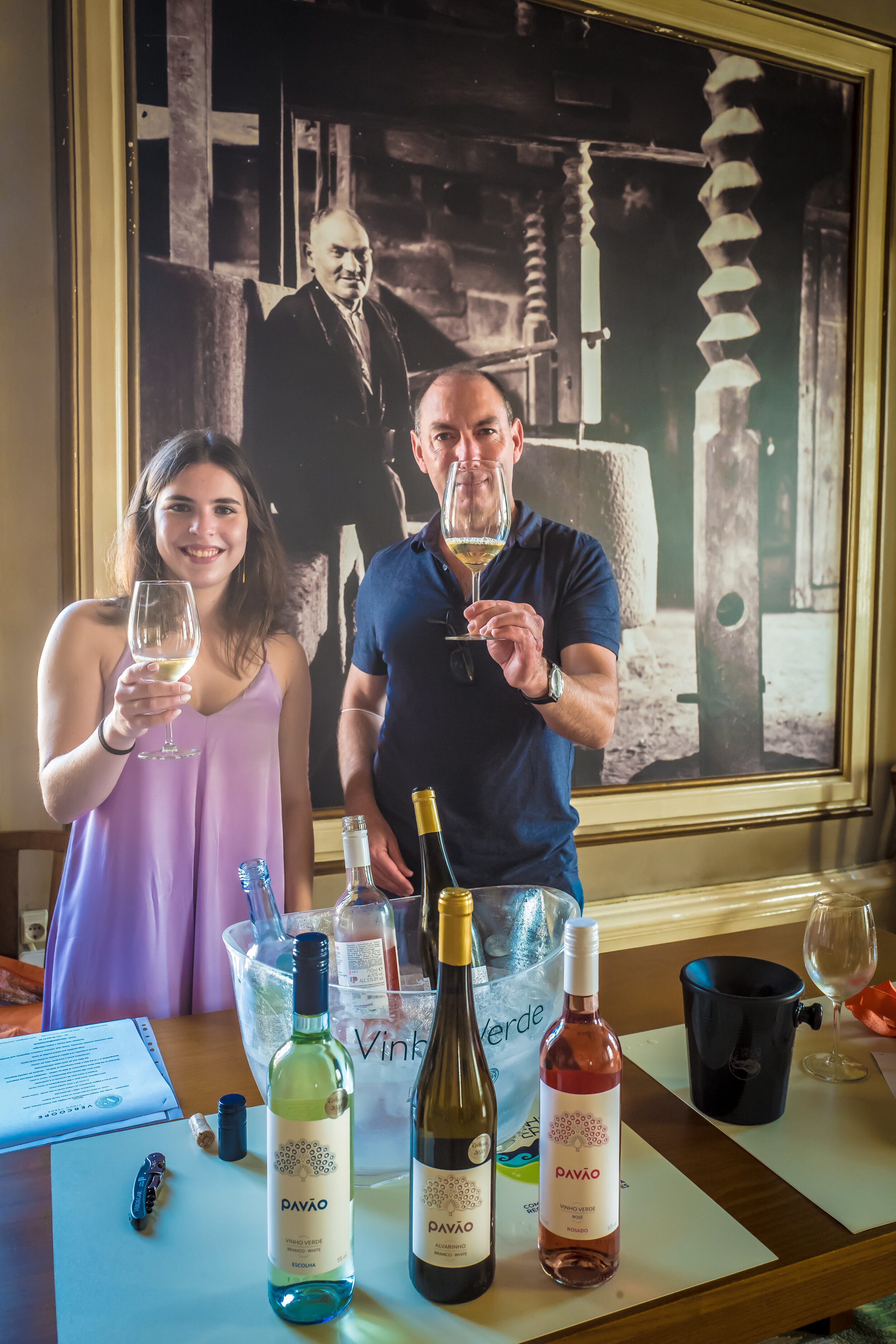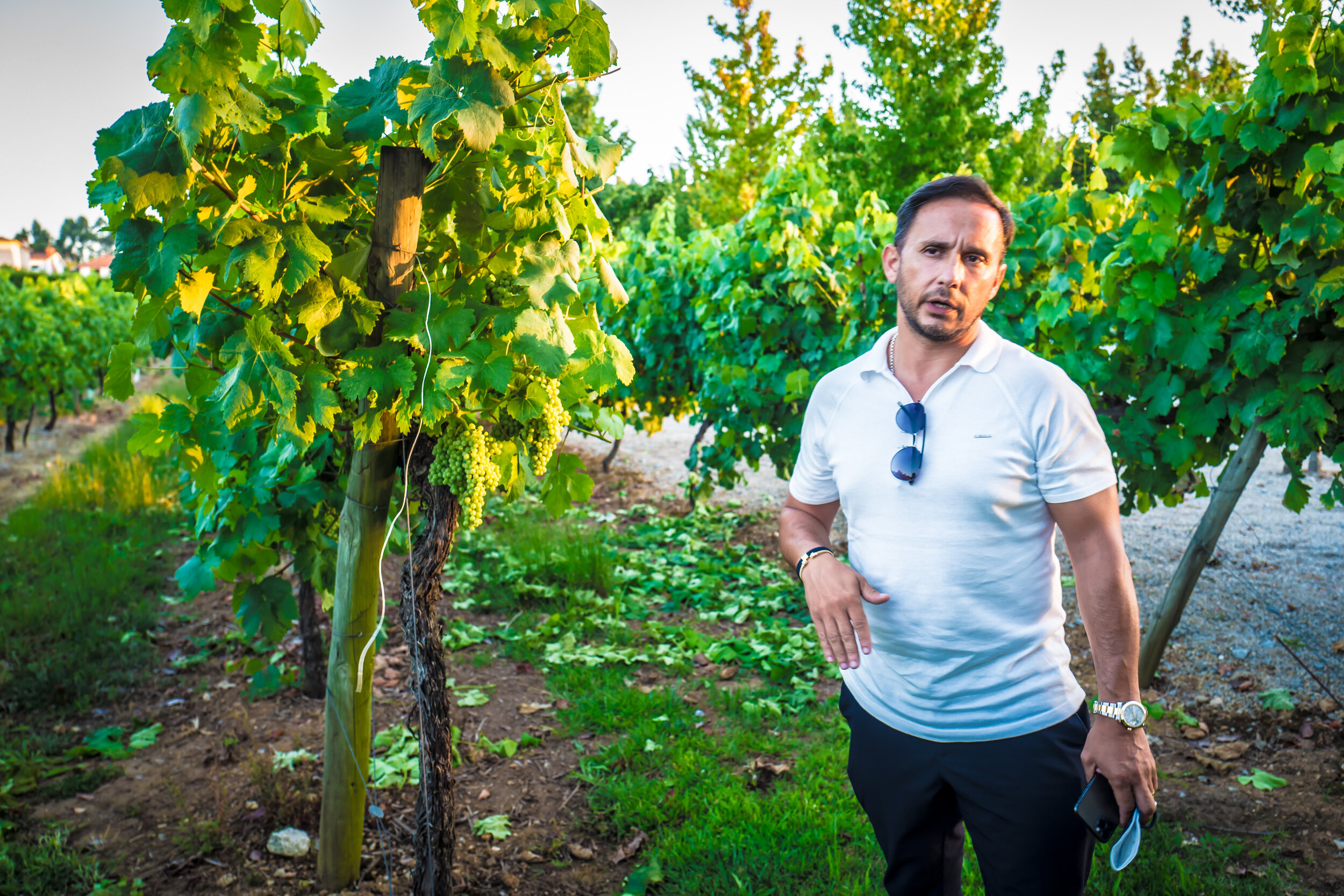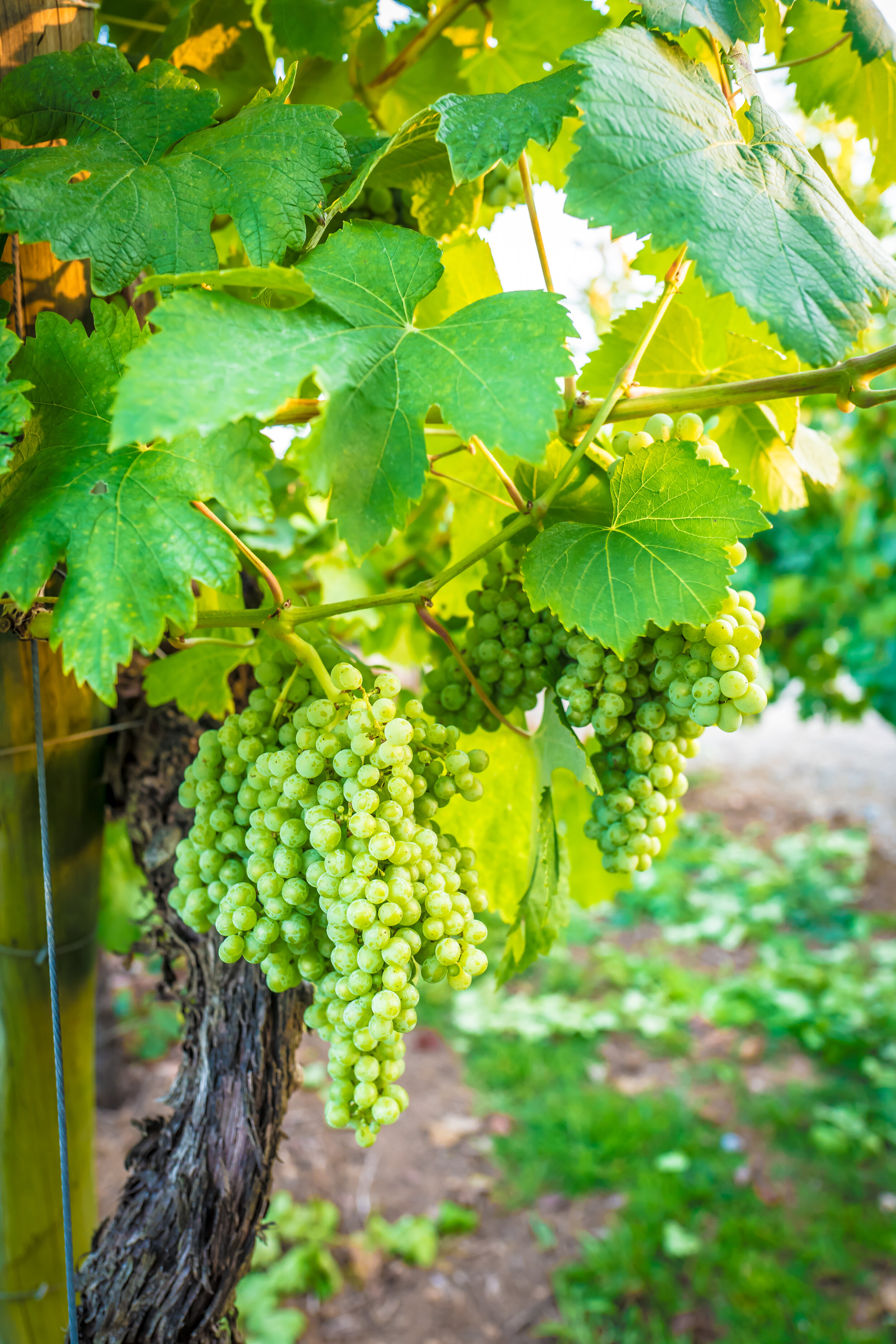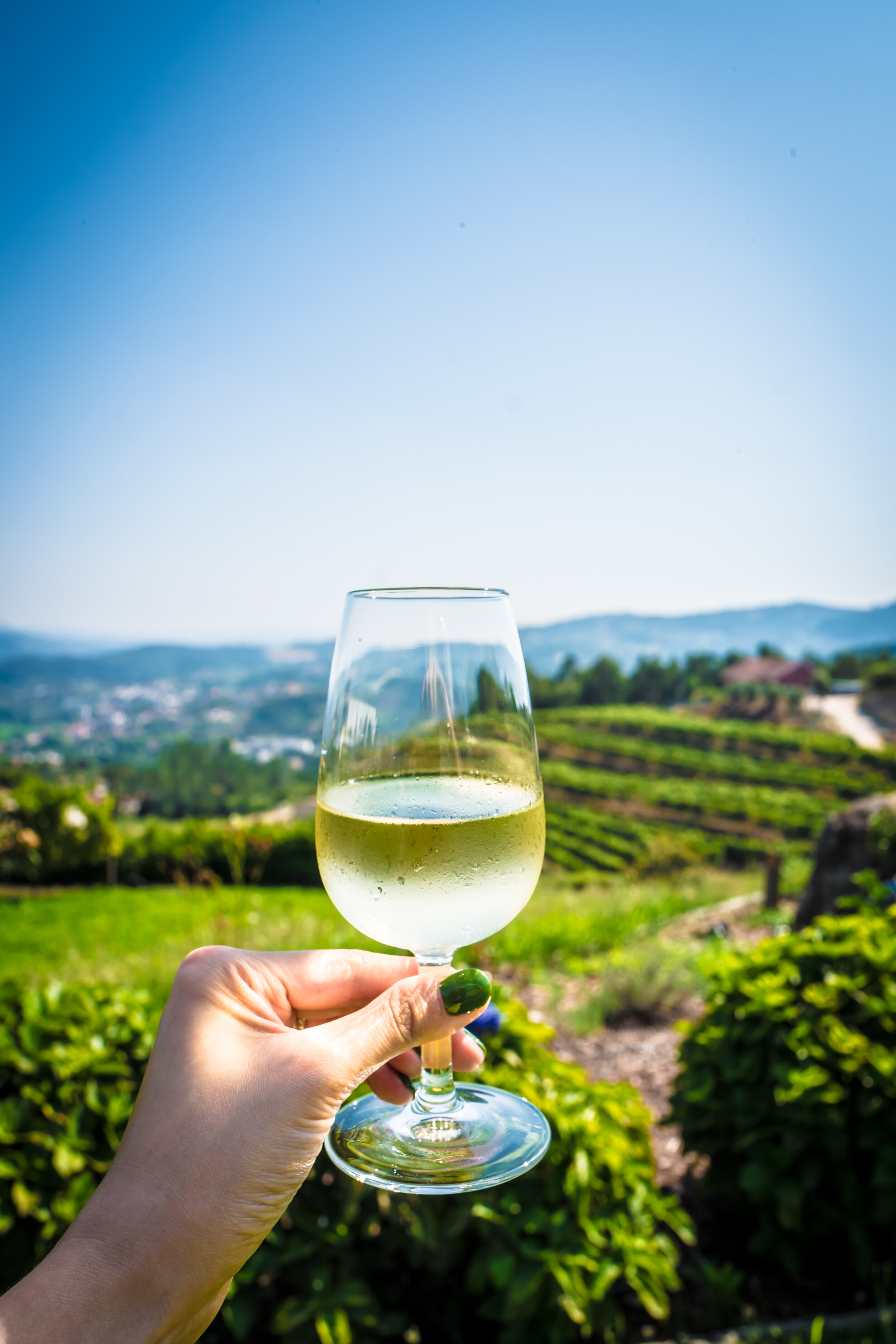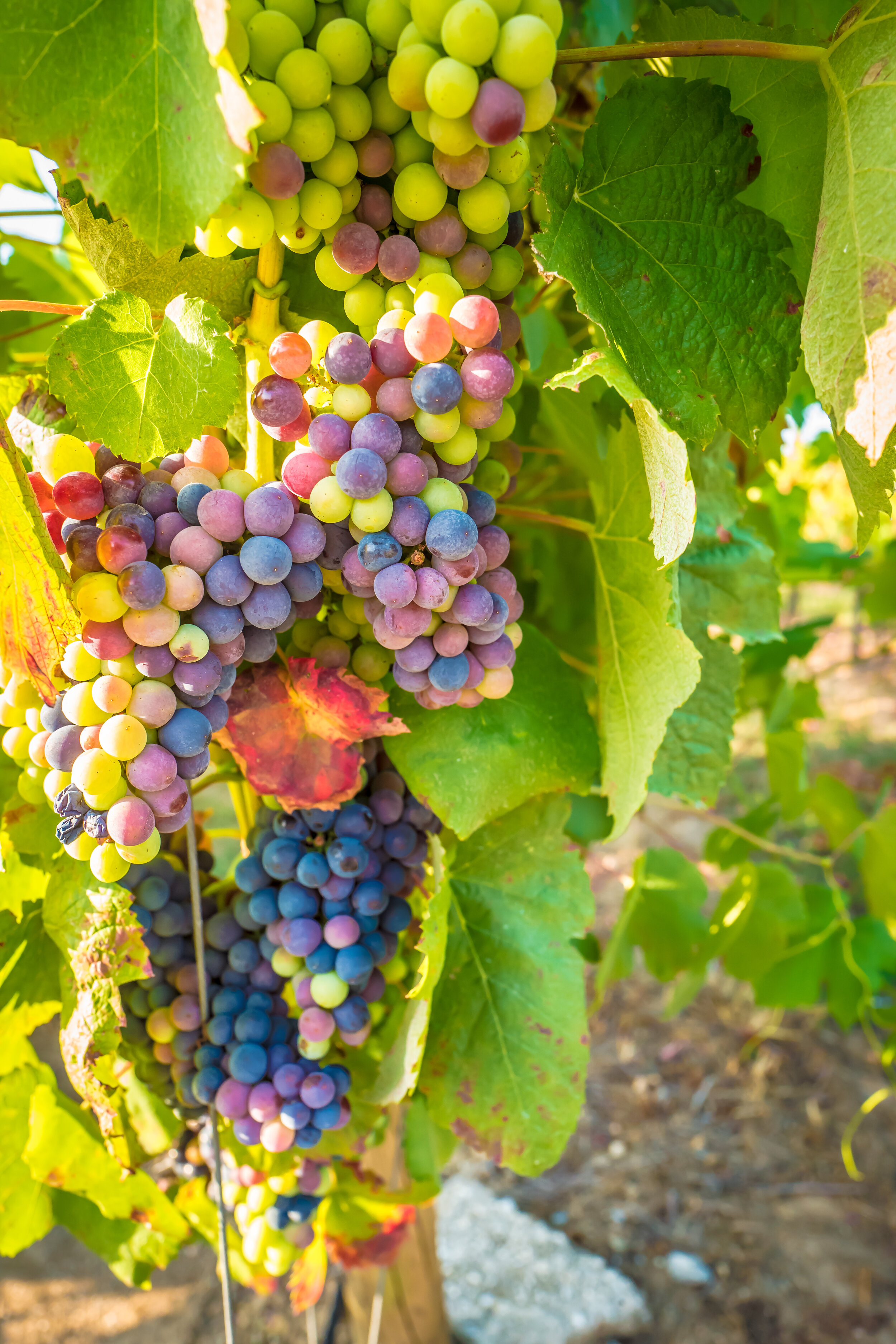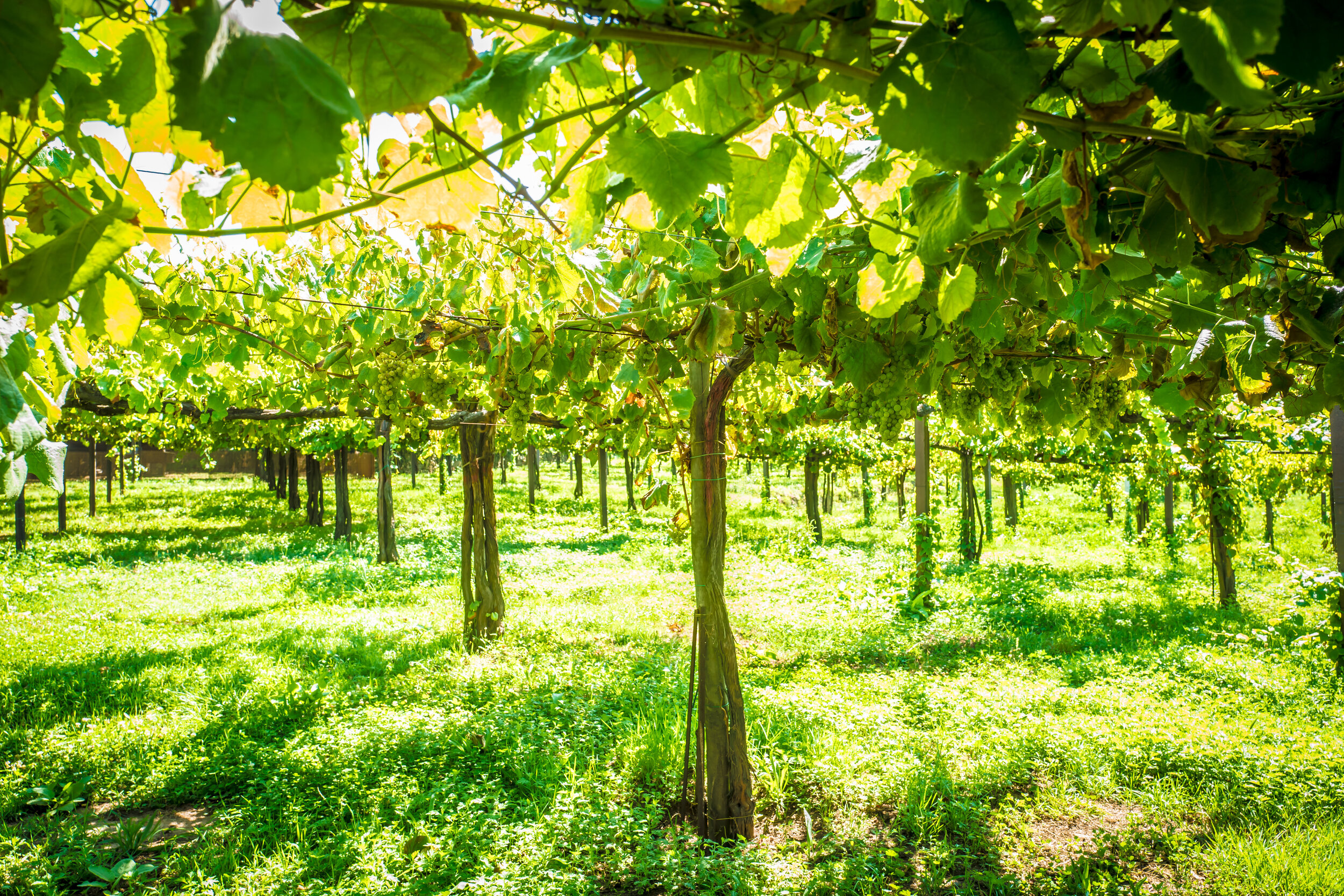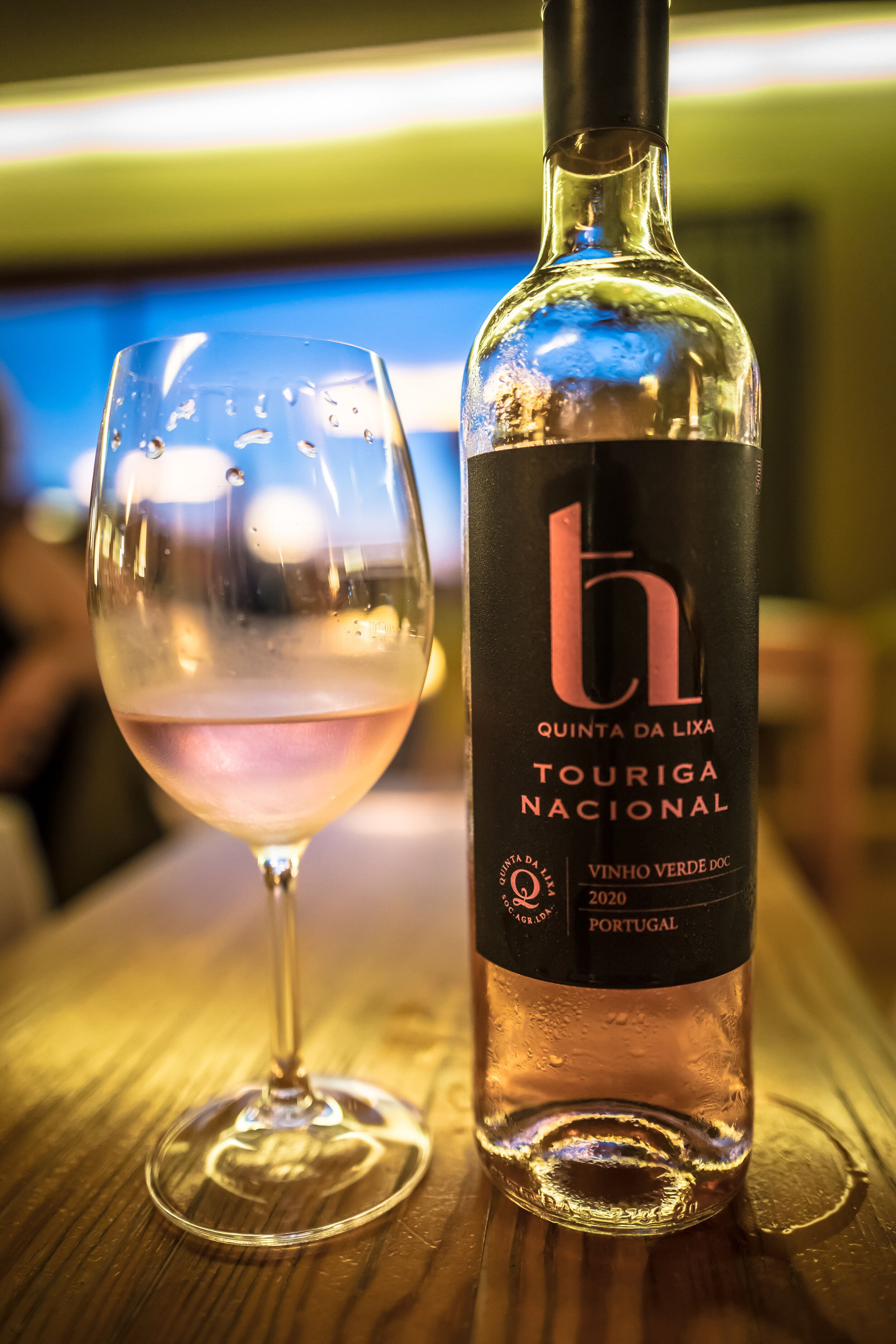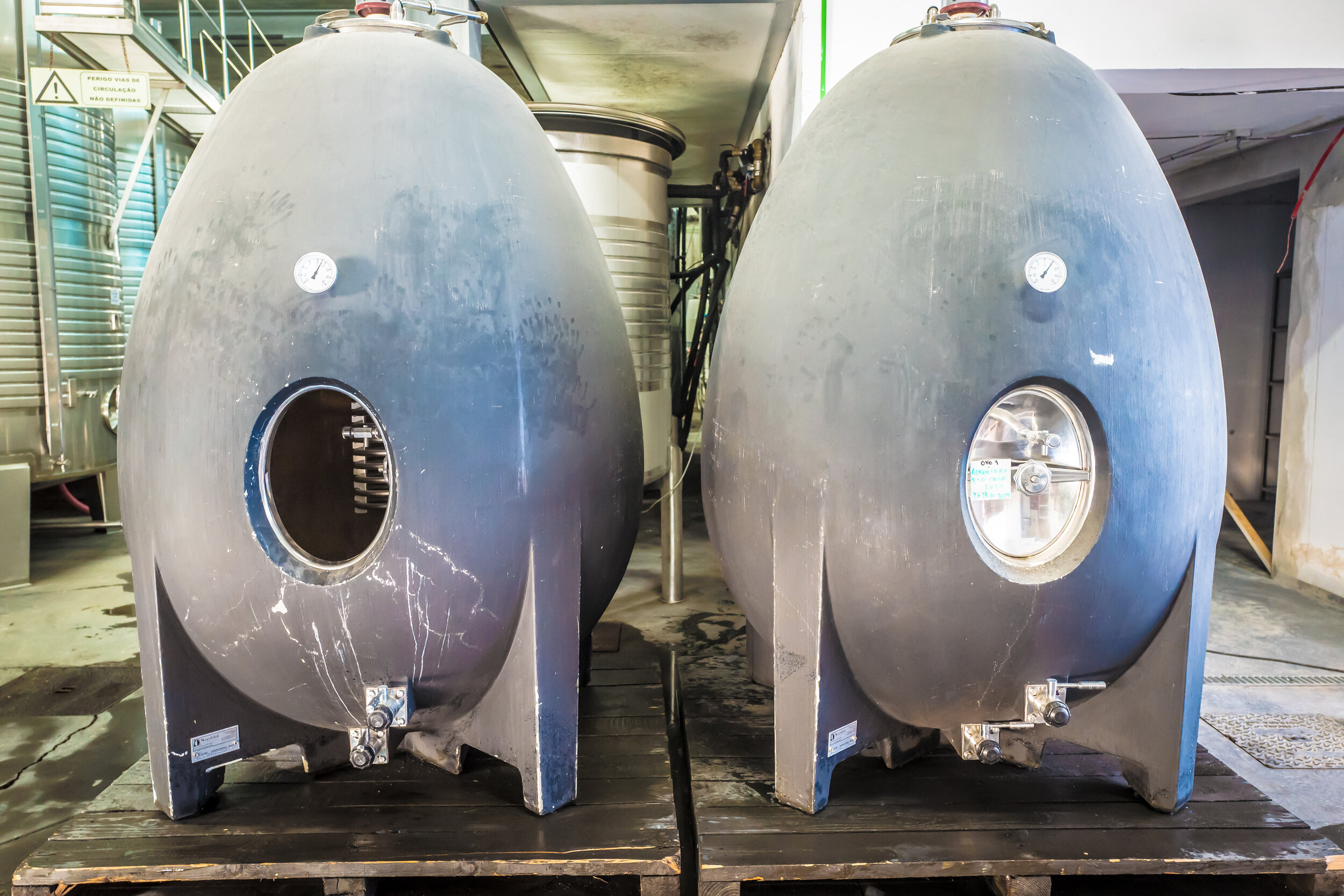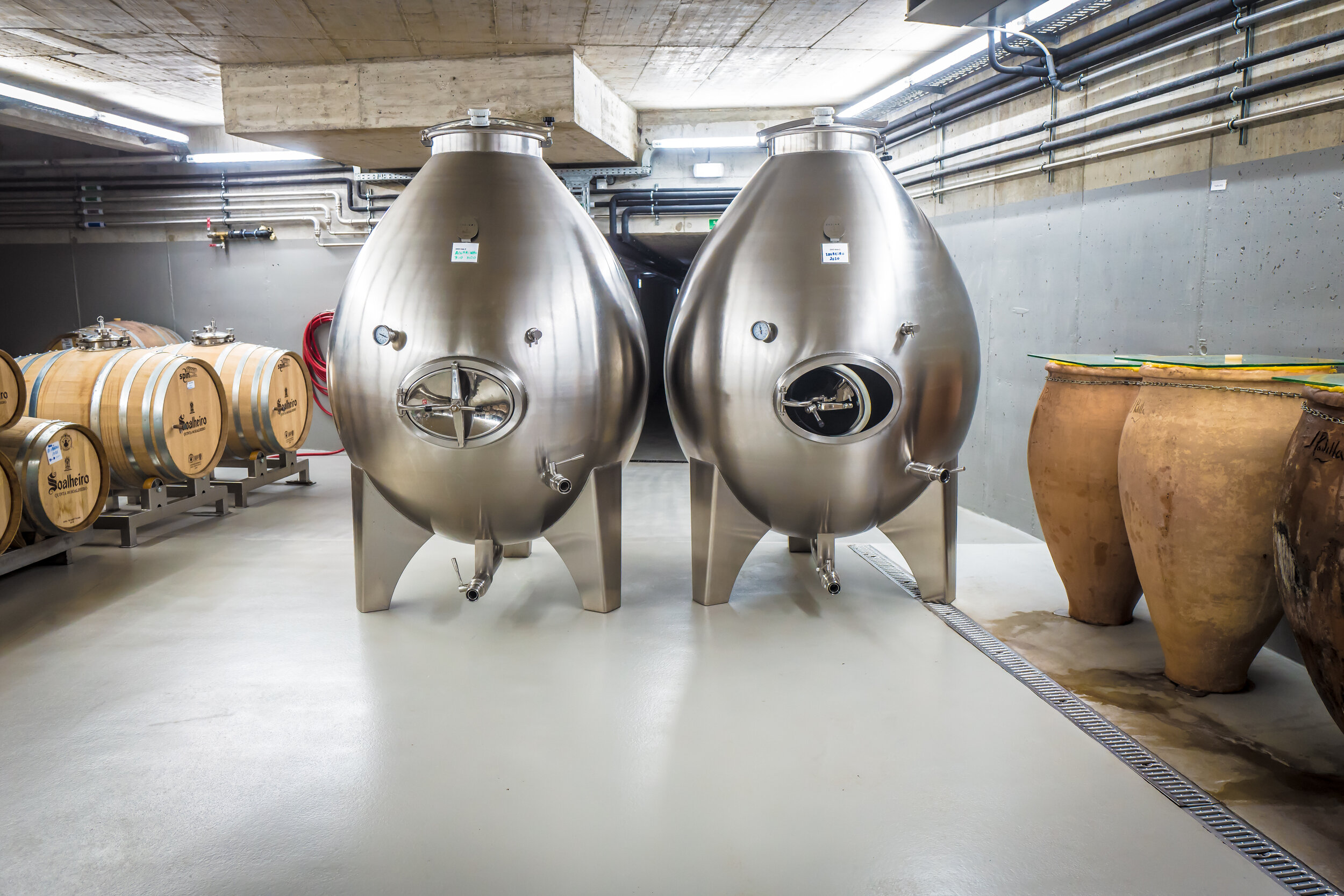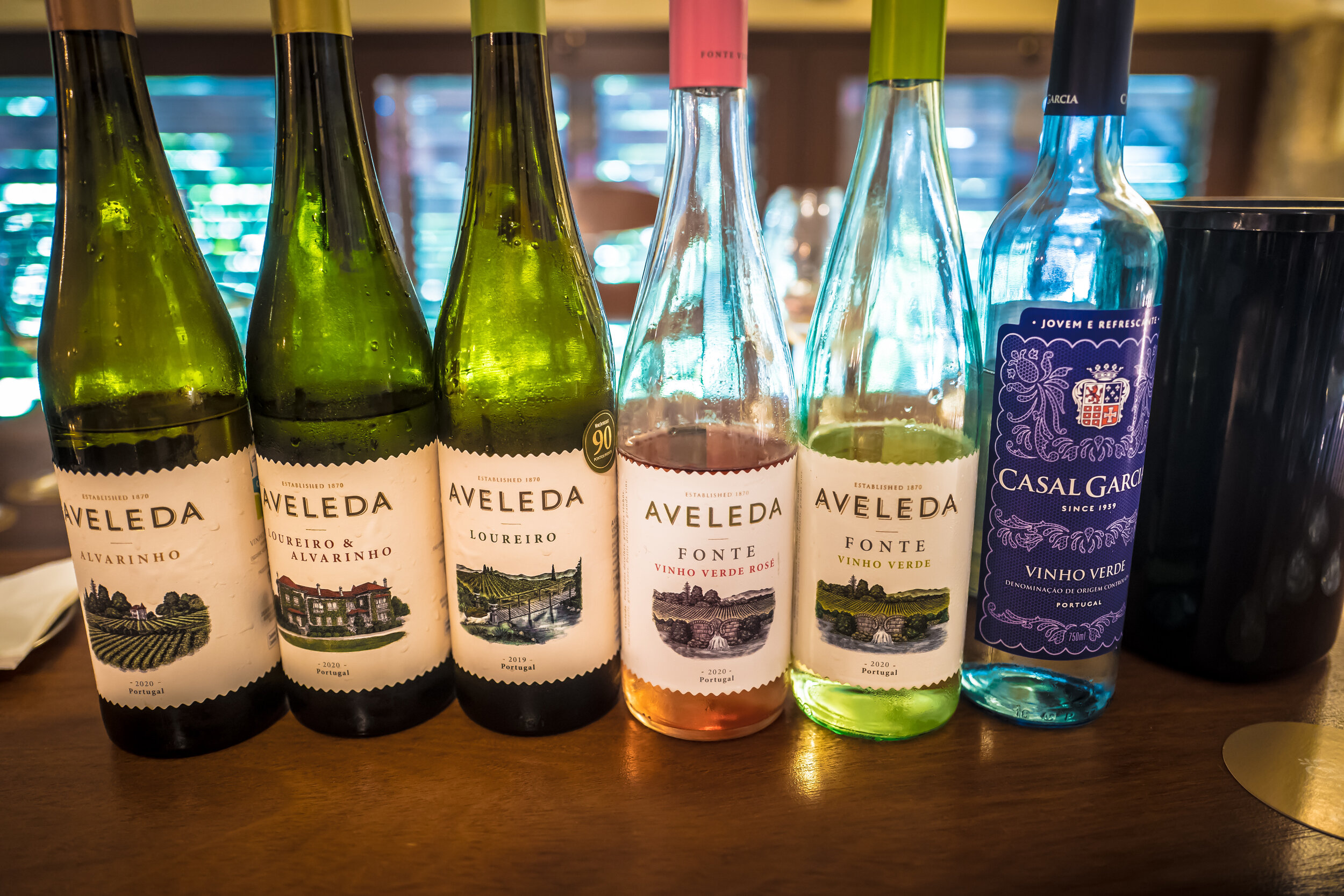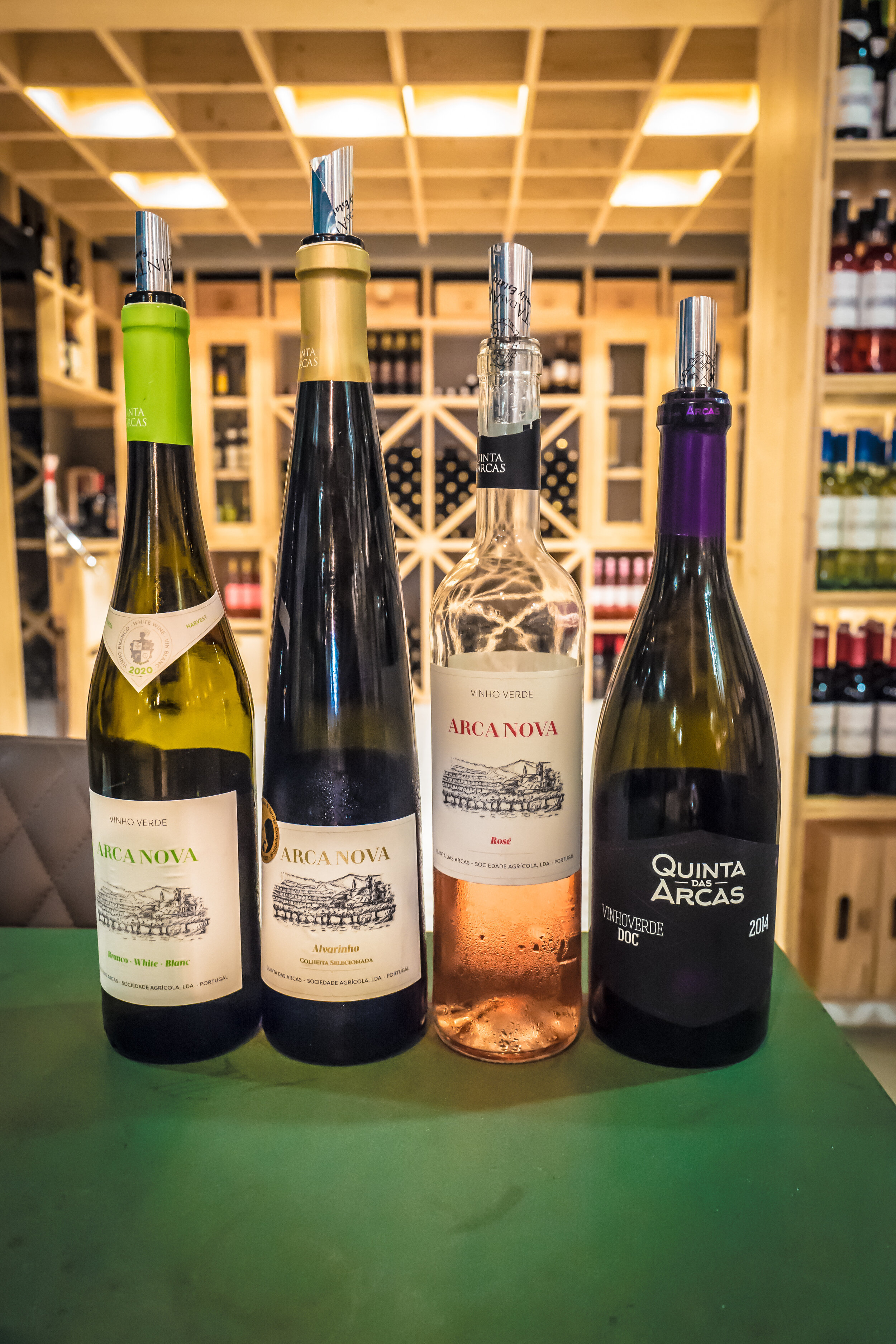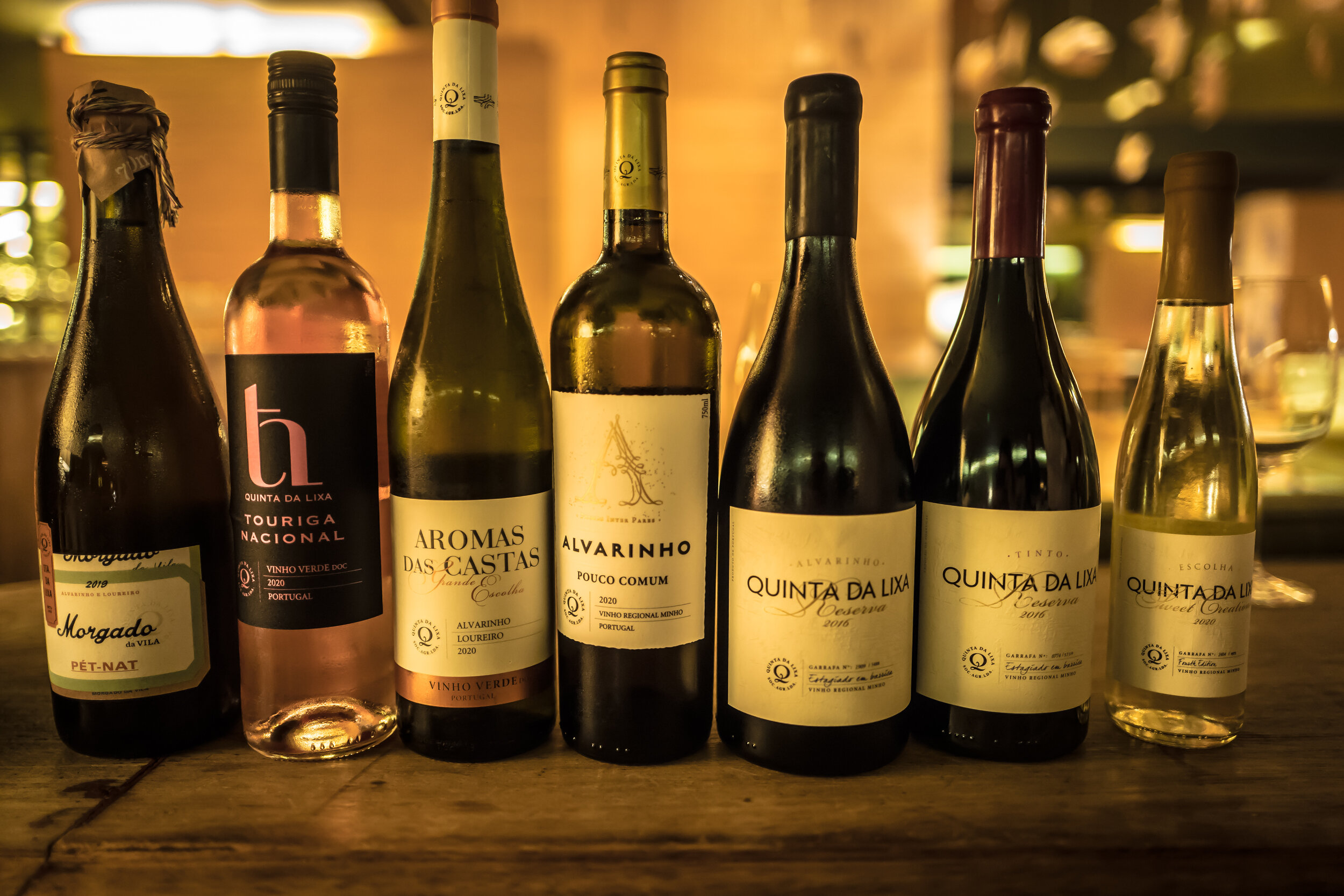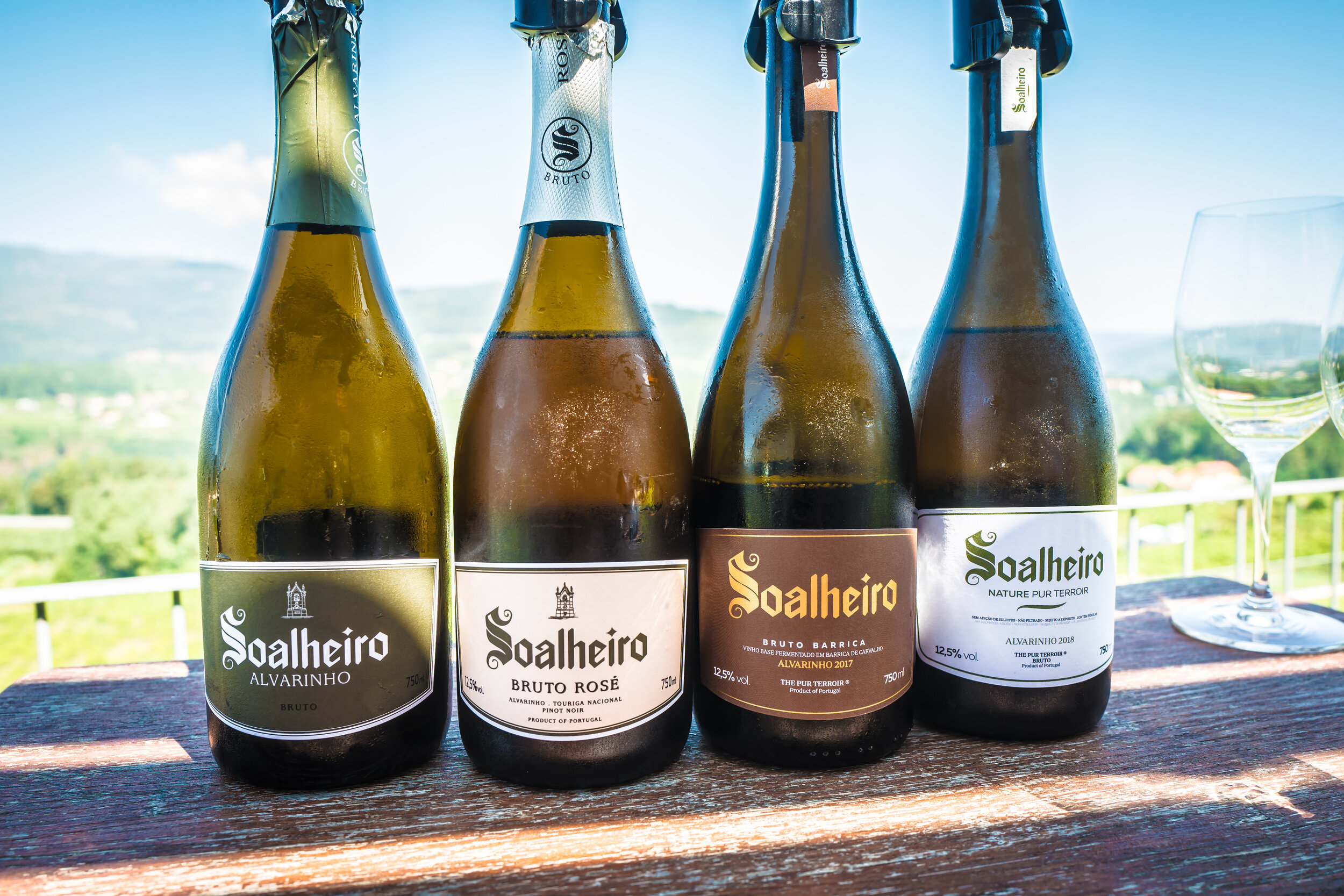Everything You Need To Know About Vinho Verde
/Vinho Verde
Vinho Verde is unique in the wine world. It is the biggest and one of the oldest wine regions in Portugal. Until a few weeks ago, if you ask me what to expect from their wines, my answer would be “light, refreshing, cheerful white wine with low alcohol”. Nothing is wrong with that response, but Vinho Verde has SO much more to offer.
The History
Vinho Verde is a region rich in viticultural history. Roman literature has made reference to grapevines growing between the Douro and Minho rivers - making it one of the oldest wine regions in Portugal. The story goes that the wines of Vinho Verde were the first Portuguese wines exported to the European markets. Fast forward to today, it is now home to thousands of producers, source of economic activity and jobs, and strongly contributes to the development of Minho as well as the country. Although Vinho Verde’s popularity in the last decade has surged, there are a lot of misconceptions out there about their affordable and versatile wine.
First, Vinho Verde is not a grape or a blend, it is a region. Vinho Verde is located in northern Portugal, bounded by the Atlantic on the west, by the River Minho forming the border with Spain to the north, and by the mountains of Peneda-Gerês National Park to the east. It extends just beyond the Douro in the south. The DOC covers over 16,000 ha and is split into nine sub-regions. Two rivers flow through the green hills and mountains of northwest Portugal: the Minho and the Lima. They flow west from Spain out to the Atlantic Ocean.
There’s a common misconception that the name “Vinho Verde” means ‘Green Wine’. While it is literally translated as green wine, the name actually refers to the region’s green, lush landscape and the natural characteristics of the region, which also contribute to the wine's profile with freshness and lightness. It is this youthfulness that the wine is named after, in contrast to other more complex and weighty wines.
The Grape Varieties & Sensorial Profile
Unlike Portugal’s other sun-drenched wine regions in the south, Vinho Verde has a cool, wet climate – thanks to its Atlantic coast and a network of river valleys that funnel Atlantic winds inland. As a result, these bright and breezy wines are generally high in acidity and relatively low in alcohol, intended to be drunk young.
Many of the varieties produced in Vinho Verde are considered indigenous in this region, preserving its typicity of aromas and flavors as unique in the world of wine. Recalling my WSET Diploma exams, Portugal was actually one of the most difficult subjects for me because of all those indigenous varieties that I can hardly pronounce or spell...luckily spending a week here visiting the vineyards finally helped me remember the major varieties this time!
A quick reference of the five major grapes:
Alvarinho - high acidity, full-bodied, fresh, persistent, and with mineral notes. Also has great potential for aging.
Loureiro - pronounced citrus and floral notes, which can evolve into notes of honey, beeswax and tropical aromas with age.
Trajadura - fruity, soft, round flavor, with moderate acidity and quite elegant. Long, velvety aftertaste.
Avesso - intense color, mixed notes of fruit and nuts. Mineral with a salty, harmonious and persistent touch.
Arinto - rich, from citrus fruits to floral notes.It has great aging potential, with time the variety acquires hints of peach jam.
The New Trends
As mentioned, the keywords of wines from this region are: young, refreshing, slightly fizzy, low alcohol white wines that should be enjoyed right away. However, we do see some recent developments, including a rise in aged single varietals, Rosé, and organic/biodynamic wines.
Single Varietals
To be honest, one of the highlights of my trip was to try the aged single varietal wines. Many winemakers in the Vinho Verde region have begun making single-varietal Alvarinho and Loureiro, with very good results. It turns out that these wines age very well, and respond nicely to oak aging, developing complexity and character. If the fruity, simple Vinho Verde wines make a delicious aperitif at parties, these serious and structured wines will pair nicely with heavier and more fatty dishes.
Although - it’s very hard to find these wines on the market. So next time when you visit Portugal, be sure to look for aged Alvarinho and Loureiro wines!
Quinta do Regueiro Alvarinho Reserva
Rosé
A common misconception is that Vinho Verde is only a white wine: in fact, while 85% of Vinho Verde is white, the wine is also made in red and rosé styles. Locals didn’t quite understand or drink any Rosé in the past but in recent years there has been a huge increase in Rosé production, probably to meet the demands of the US market. Still Rosé wine volume in the US has increased by 118 percent from 2015 to 2020 - a huge margin over still wine overall, which has only grown 1.5 percent over the same time period. Although France still dominates sales, other countries - Portugal included, are all catching up.
Sustainability
Organic viticulture is not easy in humid climates like Vinho Verde - the chilly, damp climate means that vines are susceptible to mildew hence fully organic viticulture is not widely found here in this region. Having said that, some producers have managed to do it, and more and more wineries are now adopting more environmentally friendly and sustainable practices.
The Best Vinho Verde Wines To Try…
Soalheiro "Granit" Alvarinho
Quinta de Gomariz Avesso
Quinta de Santa Cristina Reserva
Quinta da Calçada Loureiro
Quinta da Lixa Touriga Nacional Rose
Arca Nova Rosé
Quinta da Aveleda Rosé
Adega Ponte de Lima Loureiro Reserva
Quinta das Arcas Alvarinho
Quinta do Regueiro Alvarinho Reserva




